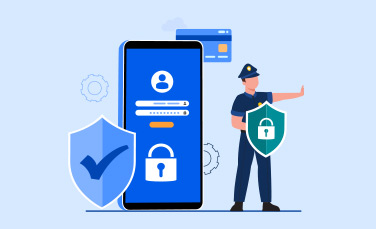
Following the work carried out in 2021 on software security practices, the DGSSI wishes to further strengthen the measures made available to administrations, public institutions, as well as public and private critical infrastructures to enable them to conduct the recommended tests during the development cycle in accordance with the policies and secure development frameworks in place.
In this regard, the DGSSI has developed a verification framework for application security containing a set of requirements and tests. This framework, based on version ASVS 4.0.3 published in October 2021 by the OWASP community, can be used for various purposes, including defining, building, testing, and verifying secure applications. It is based on a set of security requirements and controls based on functional and non-functional tests that must be applied during the design, development, and testing of applications. It applies to all software development models and aims to achieve two main objectives:
Furthermore, three levels of security verification have been defined. Level three represents the highest level of assurance.
Depending on risk analysis and business requirements, each organization must determine the appropriate level of requirement. Additionally, to effectively manage security issues, it is necessary to integrate a security-focused approach throughout the development process. This reduces the risk of overlooking important security requirements and avoids making critical errors in software design.
To report any criminal digital content, including threats to the security of individuals and groups, praise or incitement of terrorism, and violations of the rights and freedoms of children, please use the following platform : www.e-blagh.ma
DGSSI2025 All rights reserved